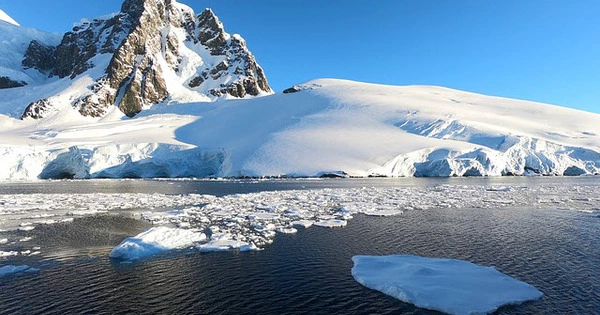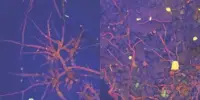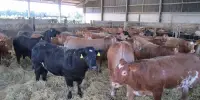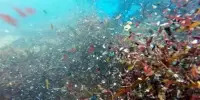A study of the impact of global warming on Antarctic biodiversity found that the predicted expansion of ice-free areas will have an impact on native animals and plants, paving the way for the invasion of non-native species.
An international team of all-women researchers from Australia, the United Kingdom, and the United States, including QUT’s Dr Justine Shaw and Dr Jasmine Lee, who is also a research fellow at the British Antarctic Survey, published their study in Global Change Biology. Dr. Shaw and Dr. Lee are researchers with the Australian Research Council’s Securing Antarctica’s Environmental Future initiative (SAEF).
According to Dr. Lee, the study’s first author, while permanently ice-free land currently covers less than 1% of Antarctica, it is expected to increase by nearly 25% by 2100. The ice-free zone is critical habitat for the majority of Antarctica’s terrestrial biodiversity, including its iconic seabirds, which require ice-free land to breed.
“We know there will be thousands of square kilometers of new ice-free area, and warmer temperatures and more available water will create new habitats ripe for colonization, which will benefit some species but not others,” Dr Lee said.
“Unfortunately, milder climates will reduce the barrier to invasion for foreign plant and animal species.”
SAEF projects involve a diverse group of ecologists, applied mathematicians, data and conservation scientists, engineers, and data visualization experts. They are researching Antarctica’s past and present, as well as developing the science, technology, and policy required to preserve Antarctica’s unique and critical environment into the twenty-first century and beyond.
Professor Kerrie Wilson
Dr. Shaw, who has spent the last 20 years conducting research on Antarctica and sub-Antarctic Macquarie Island, said there were still many unanswered questions about the impacts, and that while some species might thrive with the new habitat areas, it was unclear if they would decline at a certain threshold.
“Many species of plants and animals, including gentoo penguins, will have new habitat available as the ice melts,” Dr Shaw explained. “That could be seen, at least for those colonies, as a benefit of having more nesting habitat, but other species of Antarctic penguins will not be able to cope with the changing conditions. Also the new ice-free areas, patches of land, will connect together, they will no longer be isolated from each other.”
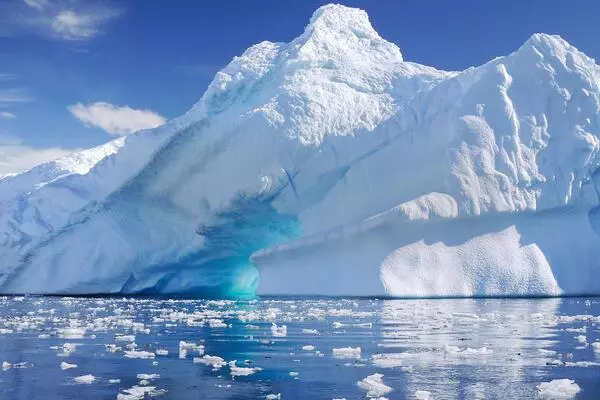
This could be detrimental to some species because they will face new competition from other native species as well as potentially invading non-native species. The study identifies ten key research questions that Antarctic researchers must address in order to better understand the impacts of the new ice-free areas.
These include what species will be suitable for the newly exposed soil, whether some native species will be negatively impacted by invading non-native species, and how we should manage non-native species if they arrive naturally.
Professor Kerrie Wilson, QUT Pro Vice-Chancellor (Sustainability and Research Integrity) and Deputy Director of SAEF, stated that QUT researchers contributed to Antarctic research in a variety of ways.
“SAEF projects involve a diverse group of ecologists, applied mathematicians, data and conservation scientists, engineers, and data visualization experts. They are researching Antarctica’s past and present, as well as developing the science, technology, and policy required to preserve Antarctica’s unique and critical environment into the twenty-first century and beyond. Our research in Antarctica, as well as in many other environments around the world, is part of QUT’s larger commitment to sustainability research, education, and practice.
